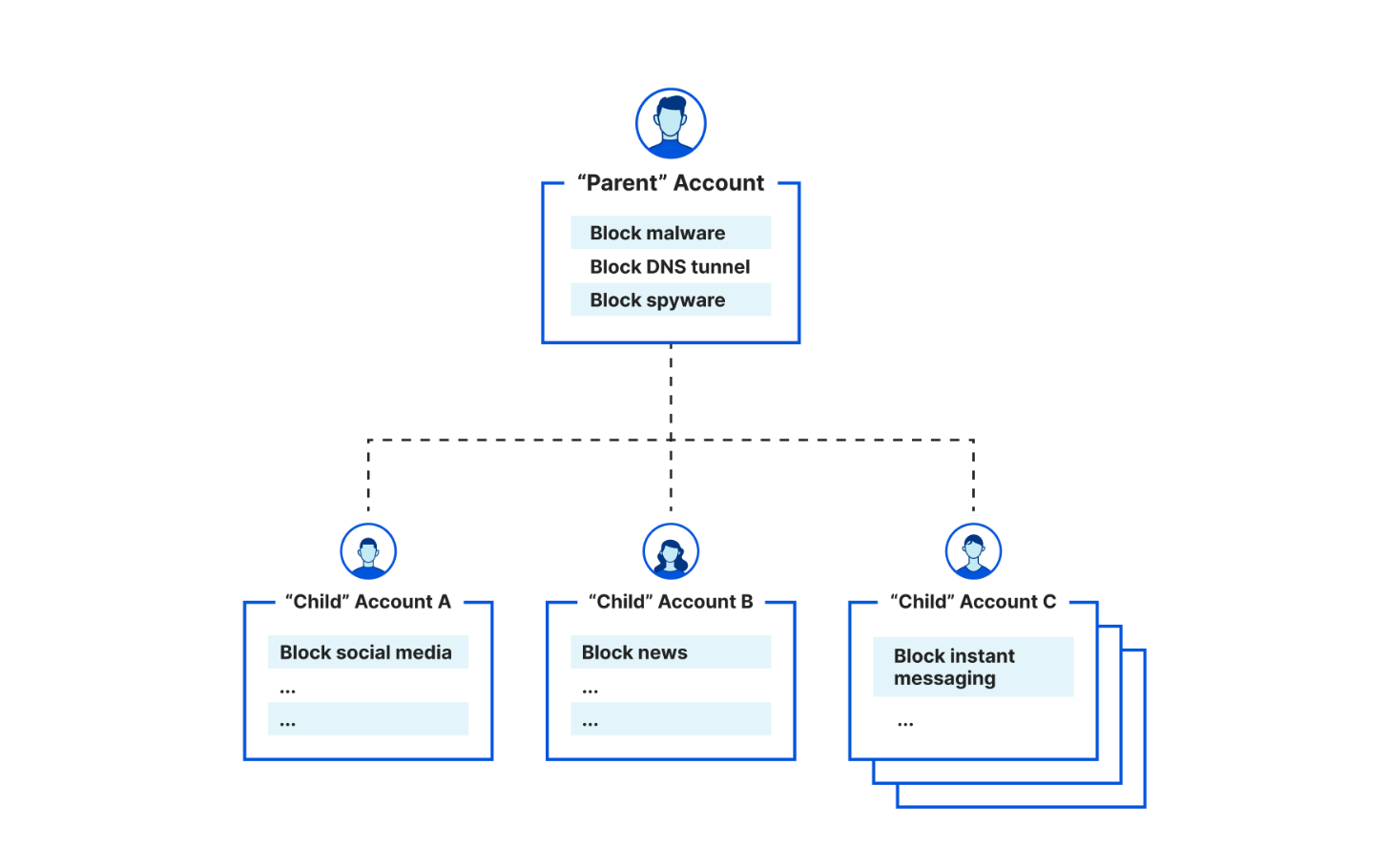Google’s Cross-Cloud Network service aims to simplify multicloud networking
Google Cloud has added a new service that promises to make it easier for enterprise customers to securely network multiple cloud-based resources.The Cross-Cloud Network service consists of new and existing Google Cloud technology and includes a partner ecosystem to help organizations develop, build and support distributed enterprise applications across clouds.“We know that 70-plus percent of our enterprises are going to adopt multicloud. [The] idea behind Cross-Cloud Network is that today many organizations operate bespoke networks with turnkey security to connect to those clouds that are operationally complex to manage and build, thereby resulting in a much higher total cost of ownership and soaring costs,” said Muninder Sambi, vice president and general manager of networking for Google Cloud. “They set up private data centers to connect and secure the hybrid workforce to access cloud and on-prem resources and manage multiple CDN clouds to accelerate web apps. All of this can also lead to an inconsistent security posture and drives up total costs,” Sambi said.To read this article in full, please click here
